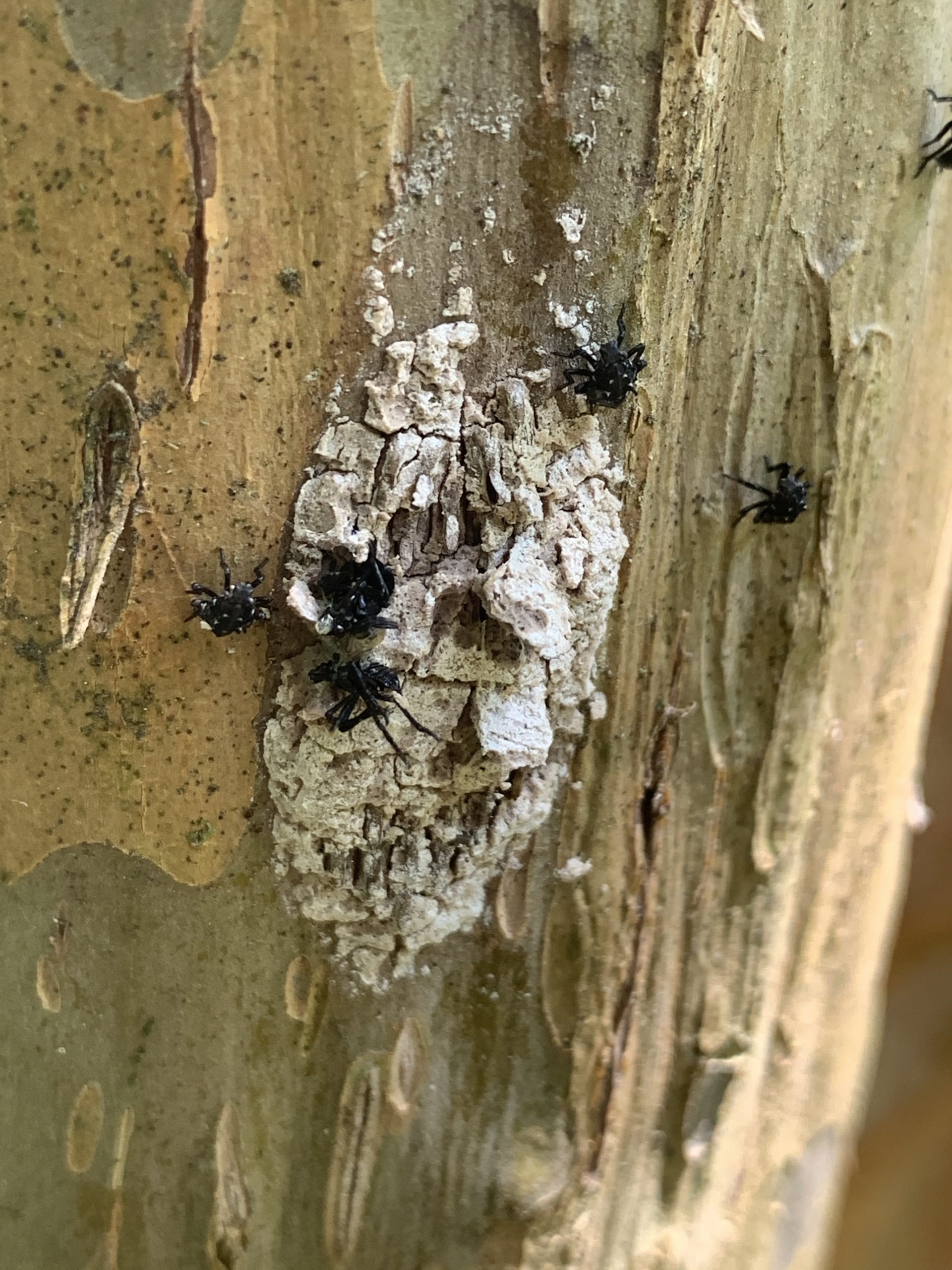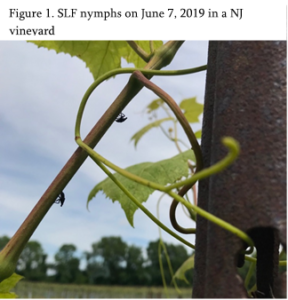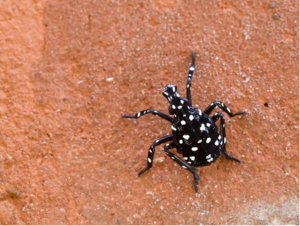Spotted Lanternfly (SLF) sightings are increasing on many NJ farms, especially as customers from across the tri-state area visit agritourism and pick-your-own operations, contributing to the spread of this invasive insect. Accurate reporting is important for understanding the movement of this pest and for developing a comprehensive management plan.
SLF sightings should be reported to the NJ Department of Agriculture using their online reporting tool: https://www.nj.gov/agriculture/divisions/pi/prog/pests-diseases/spotted-lanternfly/#reporting-tool
If the sighting was in a known quarantine county (Burlington, Camden, Gloucester, Hunterdon, Mercer, Salem, Somerset, or Warren) you do not need to fill out the report.
Additional resources for managing SLF on your farm can be found at:





